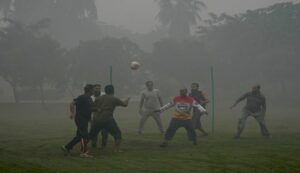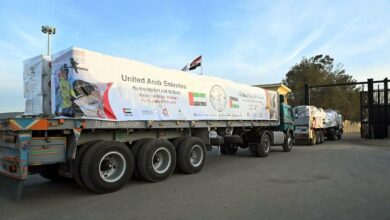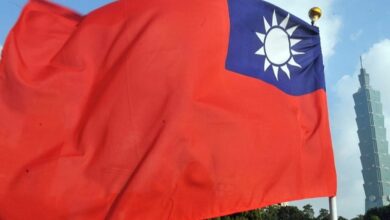Pakistan: Lahore district administration bans outdoor activities to deal with growing smog threat
Islamabad: According to ARY News, the district government of Lahore has prohibited outdoor activities in response to the growing pollution danger.

The DC Lahore has announced that outdoor activities will be prohibited from November 11 to November 17.
The letter said that religious meetings are excluded, but all sports, exhibits, and activities are stopped, as is eating outside of restaurants. Additionally, according to ARY News, businesses, marketplaces, and malls will shut by 8 PM; however, pharmacies, laboratories, gas stations, and supermarkets would not be affected.
Only the food and medical departments of large department stores are allowed to remain open.
Notably, Islamabad closed all smoke-emitting facilities and brick kilns in an effort to combat the city’s deteriorating air pollution and smog.
In a recent meeting with important stakeholders, such as Assistant Commissioners, the Islamabad Transport Authority, and the Excise Department, Deputy Commissioner Islamabad Irfan Nawaz Memon outlined stringent measures to reduce hazardous emissions around the city.
In order to help lower pollution levels, the meeting’s resolutions called for the temporary closure of smoke-emitting facilities and the closure of all brick kilns until further notice.
In the meantime, cars that release smoke will not be allowed on the highways in the Capital Territory of Islamabad.
Additionally, it is forbidden to burn trash, leaves, or any other things outside, and environmentally harmful activities will be restricted. In contrast, the Islamabad Transport Authority (ITA) has been enforcing these regulations via routine inspections.
The worrisome growth in Lahore smog has been brought to light by a recent analysis by the Green Master Plan, which identified six primary reasons for the city’s rising air pollution and smog.
The paper claims that Lahore’s pollution problem has been made worse by the city’s fast expansion, which has turned the metropolis into a concrete jungle. The city has become a “heat island” due to rising temperatures brought on by a reduction in green areas.
According to the research, Lahore’s pollution issue is mostly caused by 33 square kilometers (km) of industrial zones that are located close to residential areas. It issues a warning that irreparable harm might result if scattered businesses are not moved to approved industrial regions within the next ten years.





